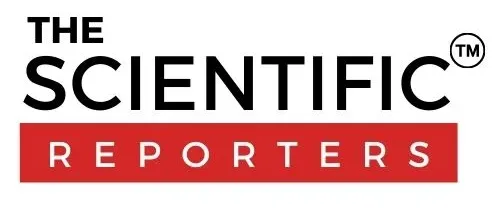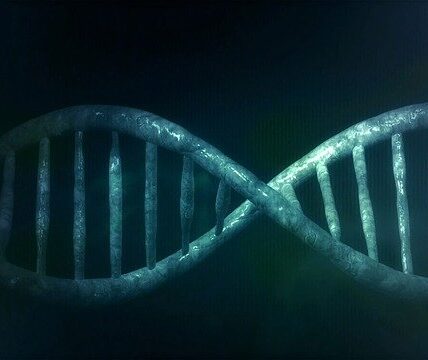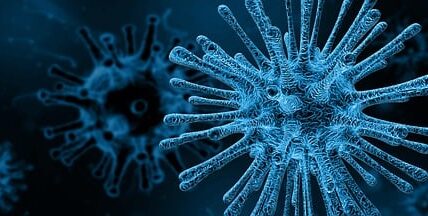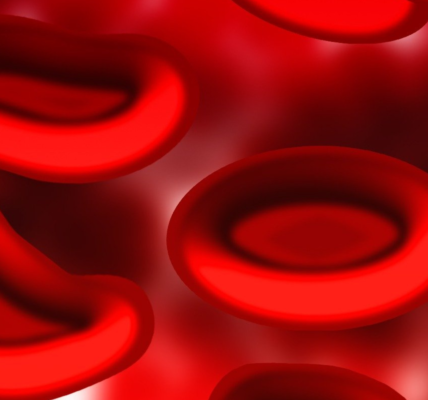A craniofacial duplication is a rare form of congenital disorder which is commonly known as Diprosopus; in which conjoined twins with duplicated faces are found. Conjoined twins are born connected physically and are always of the same sex sharing a common placenta. Generally, single and normal body trunk can be observed but the facial structures are duplicated with abnormalities like the duplicated nose, eyes are spaced far away from each other but in extreme cases, the entire face has been duplicated that’s why it called as Diprosopus (The Greek word meaning is Two-faced). This suggests that the ovum has undergone an abnormal division. Fetuses with diprosopus sometimes may also suffer through heart
distortion, weakened neural tube and also anencephaly (lack brains). It has been observed that only 0.4% of conjoined twins suffer from this disorder.
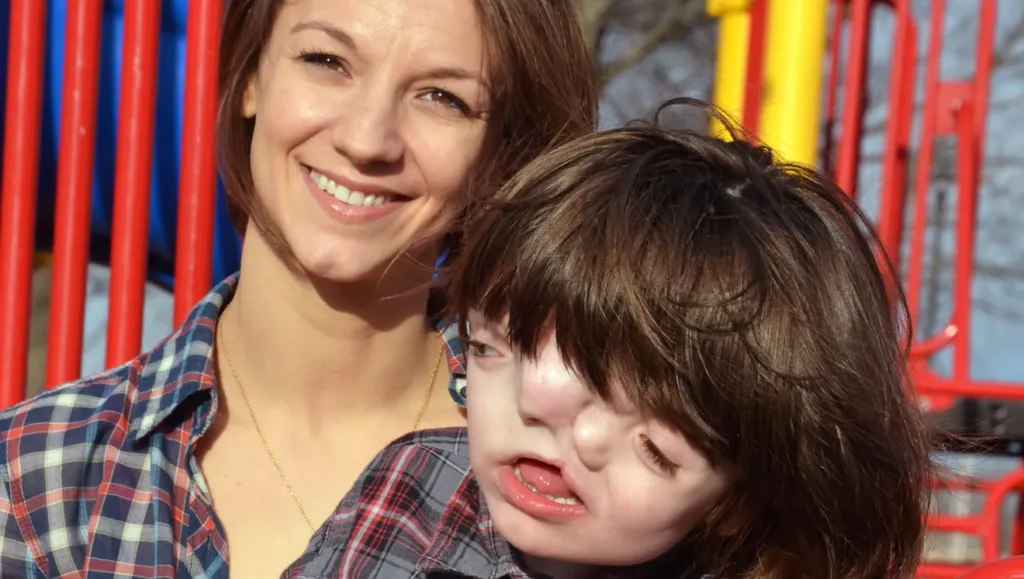
The Reason Behind:
According to the researchers, the cause of this disease might be due to cranial divergence of the notochord that occurred during neurulation. This divergence leads to the formation of two vertebral axes and neural plates side by side, with neural crest derivatives. Another possibility for this abnormality is due to the over expression of the protein Sonic hedgehog (SHH- located on chromosome number 7) which acts as a chemical signal during embryonic development. Its monomer is encoded by the gene shh which is then translated product of 462 amino acids. This protein plays a key role in the development of the frontal part of the brain, spinal cord, heart and many other parts of the body. It helps in cell growth and specialization. It acts as a morphogen. Since it has a role in the cell division cycle, sometimes this cell division may also lead to the formation of cancer. During the research, scientists exposed the embryos to an excess SHH protein where chicks were born having two beaks and two eyes spacing apart from each other. In another case, less concentration of SHH protein leads to the formation of fused eyes.
Symptoms and Diagnosis:
There are no such signs and symptoms which will indicate conjoined twins in pregnancy. In normal twins pregnancy, the uterus will grow faster than with a single fetus and also there might be more nausea, fatigue, and vomiting. Conjoined twins can be identified by using ultrasound in the first three months that
is the prenatal diagnosis. In the halfway of pregnancy, we can determine the extent of the twins connected and which organs they share as well by using Echocardiograms. If in early pregnancy it has been found that the fetus is suffering from such kind of abnormality then abortion is sometimes considered as an option.
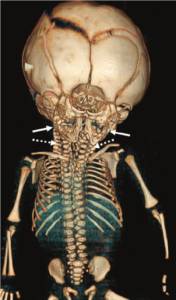
Complications:
Most of the conjoined babies are to be born prematurely that’s why pregnancy with conjoined twins is complex and may lead to the chances of serious complications. Because of their anatomy cesarean section is required. In some cases, severe health issues can occur. The extent of complications depends upon which part or organ they are sharing.
Way Forward
Dirosopus is a rare form of craniofacial malformation observed in newborn babies where there is a partial or complete duplication of the face that can be observed. Though Diprosopus is a rare disorder it has a sad effect when it appears. If the complication level is minor then it can be helped by surgery, but the complete cure for this is yet not discovered. To date, there are only 35 cases have been reported.
During studies, it has been found that females are predominant over males (2:1). In severe cases, most of the abnormalities are found in the central nervous system, respiratory system, and cardiovascular system. Though the cause of this deformity has been a matter of debate the most accepted theory about this is about the embryological disturbance that has been occurred during the 2nd week of
pregnancy. SHH protein can be one of the reasons for this anomaly since it has a major role in growth and development. Most of the babies are stillbirths and their survival rate is also very poor due to lots of anomalies. In some rare cases, surgery could be helpful if the connected parts are separable but the complete cure cannot be guaranteed.
